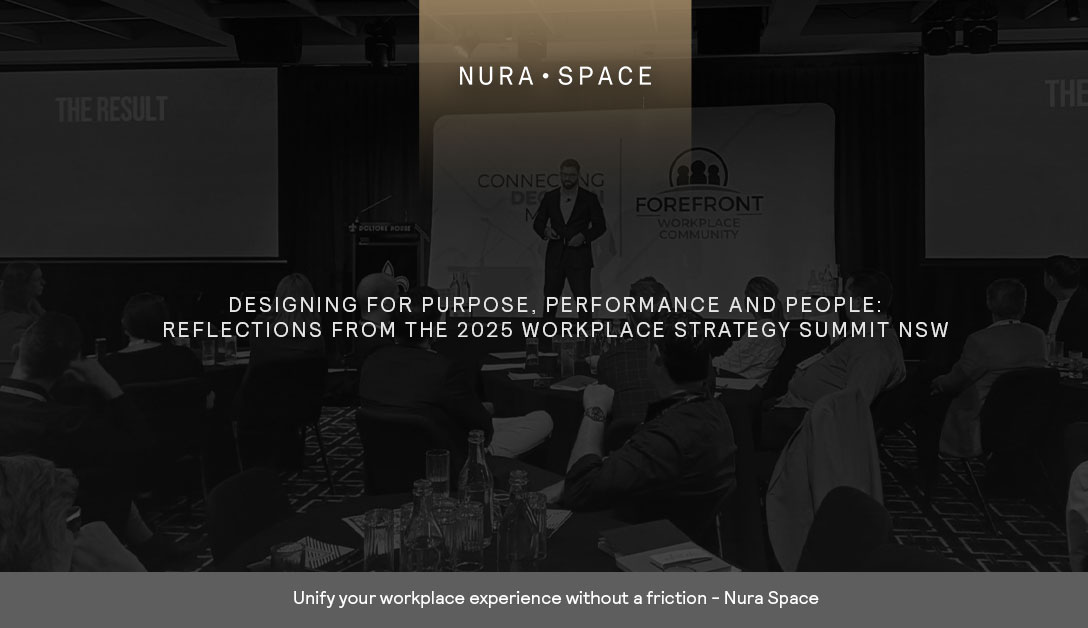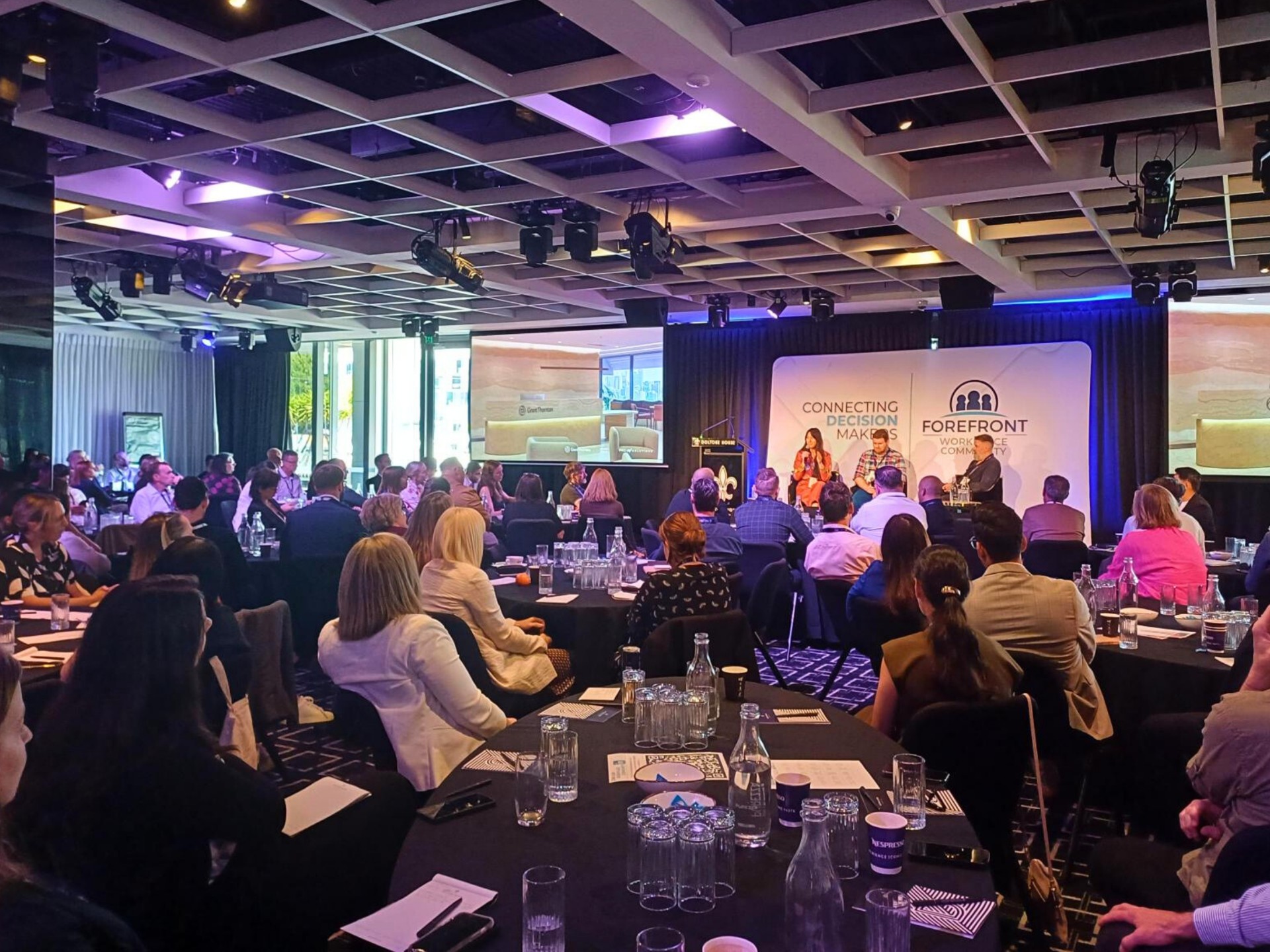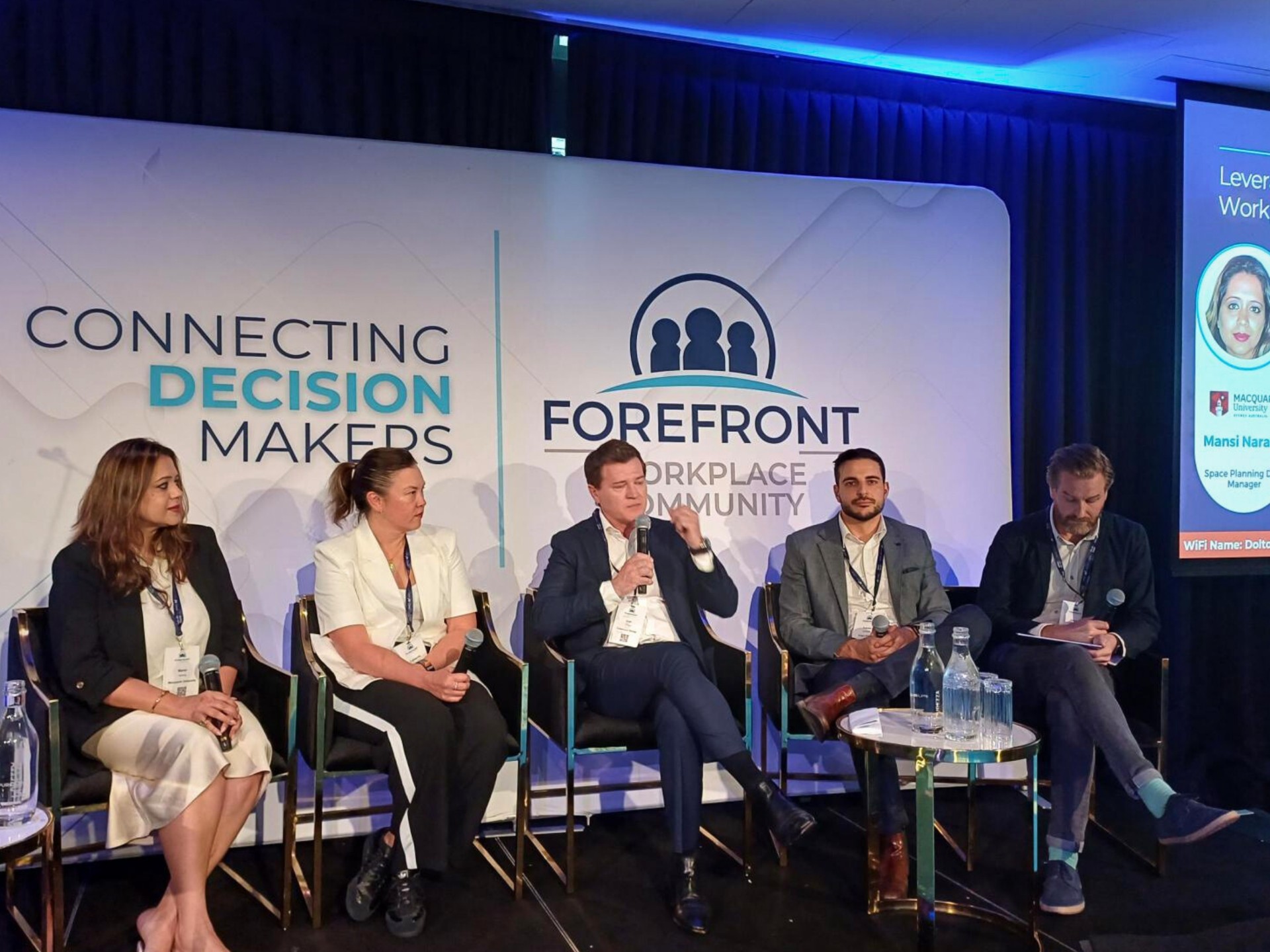How the 2025 Workplace Strategy Summit Shaped Ideas on Purpose, Performance, and People
The 2025 Forefront Workplace Strategy Summit NSW brought together leaders in workplace strategy, design, and technology. The event offered valuable insights into how data, design, and human experience are redefining workplace strategy and the future of hybrid work.













